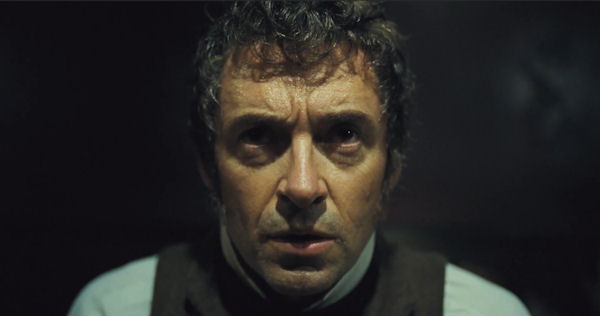It also feels like, even with 4K, 5K, and even 8K sensors in the pipeline, there's something about a large 70mm negative that you can't really reproduce with a smaller digital sensor. The look is just different. There's something about the depth and dimensionality of the image, and I wonder if we'll ever see a large-format equivalent for a digital sensor.
I would never say never, because it's just amazing what these sensors are able to do. It just wasn't ready for us at that time. And honestly, if we were to go out and start this film now, we'd really have to think hard about not going with digital, having seen how difficult it is to shoot film. That said, our workflow was different than with Baraka, where we did prints off our negative—printed everything—and projected it and looked at our footage on a screen with what's called a one-light print. I don't know if this is stuff you're familiar with; it's not a totally tweaked, color-timed print, but it tells you what you've got.
On this film, we took a completely different approach. We captured in 65mm, we never printed anything, and we took the original negative to a telecine process, which converts it into a digital environment that you can then edit with. And we edited it in a nice, really high-fidelity video format—Apple ProRes—that's a little higher, probably, than Blu-ray. And what a great way to edit! Then, when we had our final cut—taken from about 18 hours of film—we put the 100- minute final cut through a high-res scanning at 8K, one frame at a time. That's a fairly costly process, but we only scanned the final cut, those 100 minutes. So, it was manageable that way. You take it into this super-huge digital file that was 120 terabytes of the visuals in 8K. Then, it gets reduced down to 4K, where we mastered it, in a D.I. process—a digital intermediate. We did that at Colorworks. So, this was a combination. We had really good partners. We worked with Photo-Chem on the film side—on the 65mm side and the scanning— and we worked with Colorworks on the D.I. We were able to view everything off of a Sony 4K and work in 4K to finalize the output. It's a really beautiful way to do it.
Even 70mm prints go through a generation loss, because you make what's called an I.P. from the original negative, and from the I.P. you make a printing negative called an I.N., or internegative, and you make prints from that. So, you're actually a couple of generations away from the original negative when you make 70mm prints. In this process, we don't have to lose any generations; we go right from the negative to the 8K scan. Arguably, our output...I like it better than a 70mm print, honestly. Some people would say you shouldn't say that. (Laughs) But I consider ourselves film guys, because we shoot in 70mm—we've done three films in 70— and I don't think I'm not a film purist. But there are so many advantages to this combination of technologies, now, that work for our kind of filmmaking.











